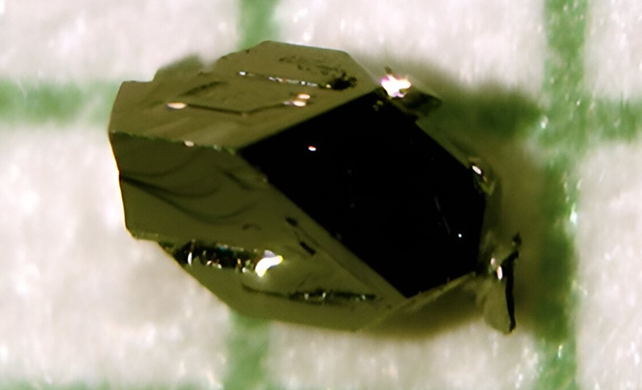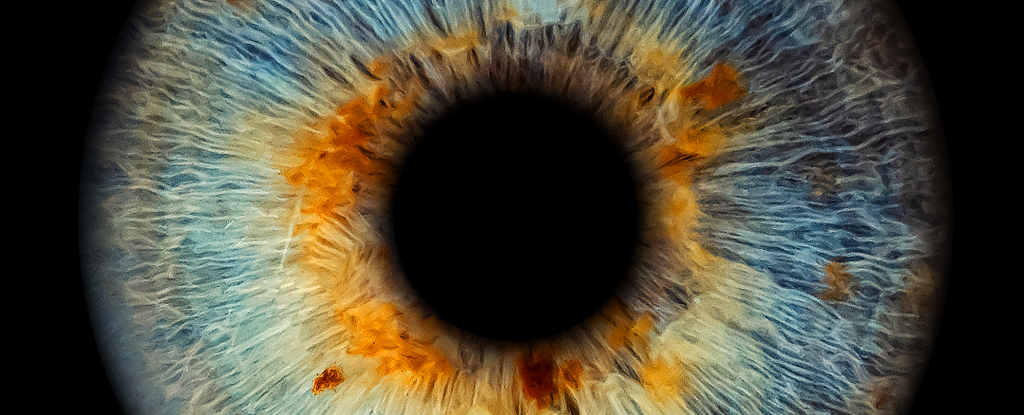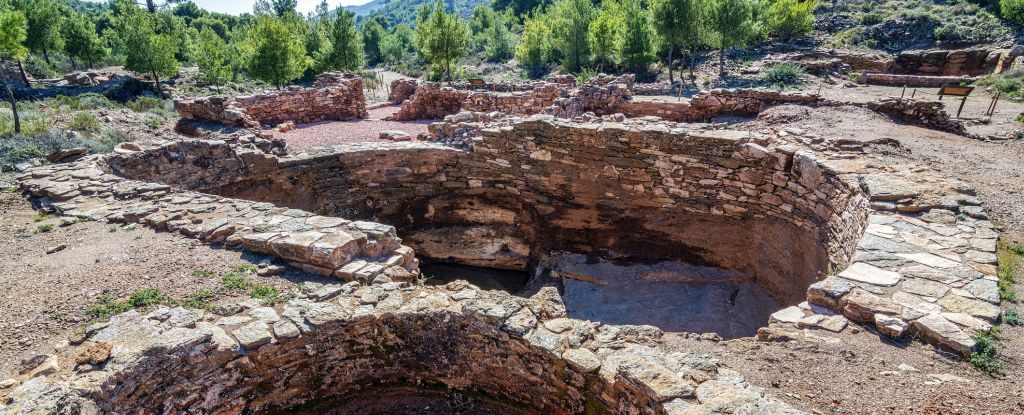ARTICLE AD
Few materials have the uncanny talent of carrying a current with virtually no resistance in what is known as superconductivity. The smallest handful of those can be found in nature.
Scientists have discovered that one material with a formula found in nature is capable of superconducting at low temperatures without using the typical quantum trickery, making it the first unconventional superconductor of its kind.
Superconductors are fascinating and also hugely useful, because they conduct electricity without energy loss. This is typically thanks to their electrons sharing identity in what are known as Cooper pairs, allowing them to slip through a jumble of atoms with relative ease.
Cooper pairs in unconventional superconductors link up in ways that weren't described in early models on superconductivity, ways that also mean they appear at higher temperatures.
Through a series of detailed lab tests, an international team of researchers found that the mineral miassite – already known to be a superconductor – can show the properties of an unconventional superconductor.
 Miassite crystal synthesized in the lab. (Paul Canfield)
Miassite crystal synthesized in the lab. (Paul Canfield)That miassite occurs in nature as well as being something scientists can synthesize in the lab makes it even rarer. However, it's worth pointing out that it's unlikely any pieces of miassite found in nature would ever have the purity required to function as an unconventional superconductor.
"Intuitively, you think that this is something which is produced deliberately during a focused search, and it cannot possibly exist in nature," says physicist Ruslan Prozorov from Iowa State University. "But it turns out it does."
Three different tests were used to establish the unconventional superconductivity of miassite, including the London penetration depth test, which measures the reaction of the material to a weak magnetic field.
Another test involved creating defects in the material, which can affect the temperature at which it becomes a superconductor. Unconventional superconductors are much more sensitive to the disorder caused by these defects than conventional superconducting materials.
The discovery was made as part of efforts to find new, novel materials to advance fields such as quantum science. That led the team to miassite (Rh17S15), which combines a high melting point element (rhodium) with a volatile element (sulfur).
"Contrary to the nature of the pure elements, we have been mastering the use of mixtures of these elements that allow for low temperature growth of crystals with minimal vapor pressure," says physicist Paul Canfield from Iowa State University.
"It's like finding a hidden fishing hole that is full of big fat fish. In the Rh-S system we discovered three new superconductors."
Superconductors are already extensively used in technologies such as MRI scanners and large particle accelerators, but there's lots more potential here. Given the unique nature of miassite, it might be a big part of that potential – especially in its pure, synthesized form.
Unconventional superconductors may be complex, but they're also exciting, because they promise to unlock new discoveries in physics and new uses for superconductor technology.
"Uncovering the mechanisms behind unconventional superconductivity is key to economically sound applications of superconductors," says Prozorov.
The research has been published in Communications Materials.

 11 months ago
64
11 months ago
64 

